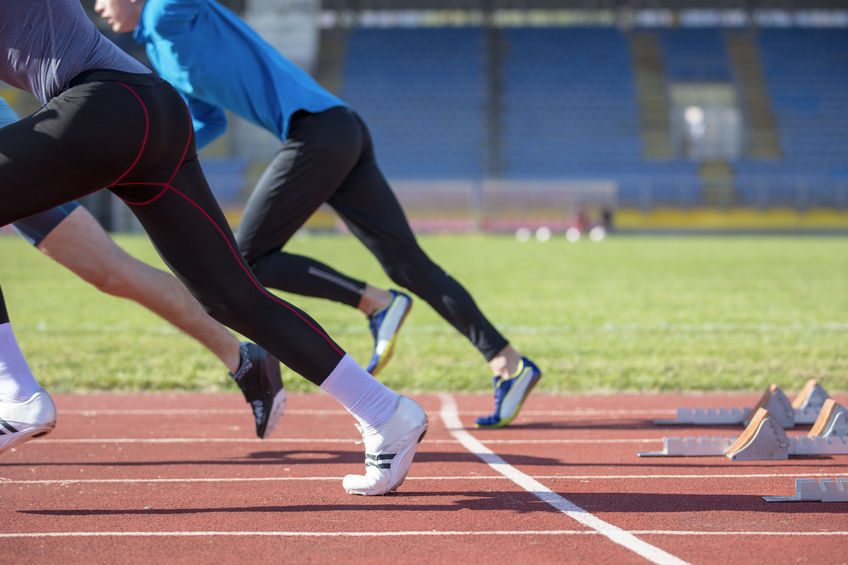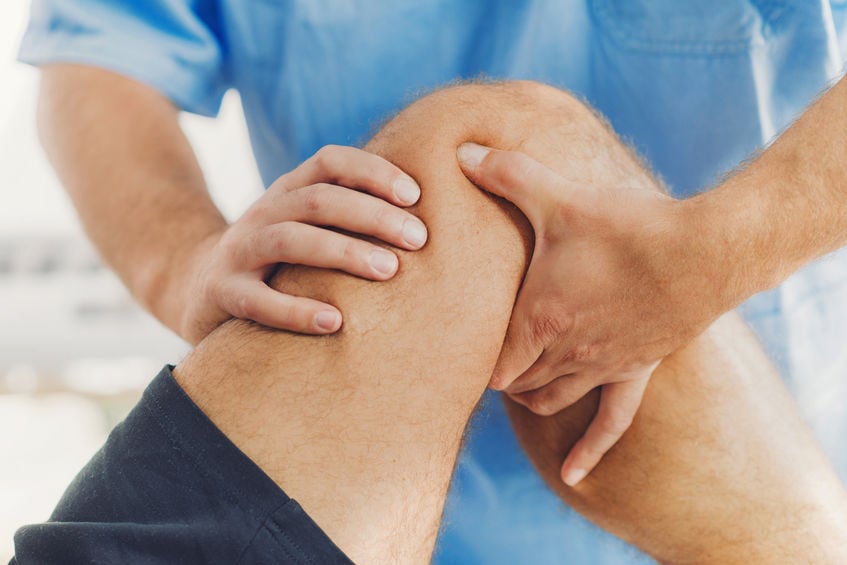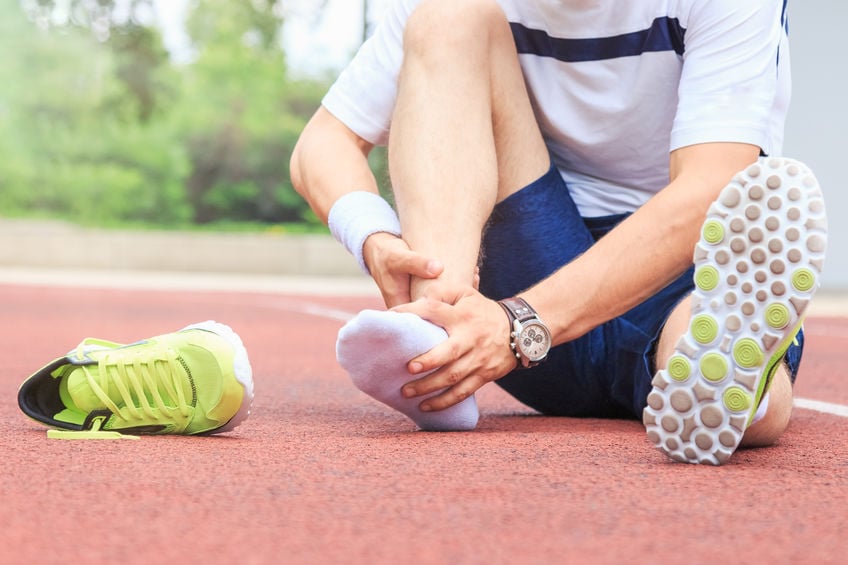A Shoulder You Can’t Lean On
The shoulder comprises several ligaments and muscles that wrap around the ball and socket joint. Injury is common with so many moving parts, especially in athletes. Repetitive throwing actions can lead to rotator cuff tears, tendinitis, sprains, and strains. Collisions lead to fractures, dislocations, or frozen shoulders. Whatever the reason, shoulder injuries often result in chronic pain. A doctor will usually recommend surgery, especially for those who want to return to play sooner. However, some patients hope for alternative treatment, which is possible with techniques like sports rehabilitation.
Is surgery always the answer?
Statistics show that up to 1 in 4 people will experience shoulder injuries, like rotator cuff tears. Over time, the damage can reduce the range of motion (ROM) and cause severe weakness. Surgery usually involves reattaching torn ligaments or repairing bone. However, some patients want to avoid the potential complications of surgery, like infection, bleeding, scarring, and stiffness. Others raise concerns about opioids, powerful pain medication used during recovery. Opioid dependence is dangerous, and more than 2 million Americans abuse opioids. Surgery is often necessary for patients with severe damage or repetitive trauma but is not the answer for every injury.
Restoring strength with rehabilitation
Sports rehabilitation is a series of physical therapy (PT) techniques to reduce pain and restore strength in the shoulder. These techniques are specific to the athlete to help restore power and ROM. Some exercises include isometric shoulder movements, mobility exercises, and stretching. Over time, the PT will add weightlifting exercises to improve strength. Along with exercise, massage and temperature therapy can loosen the ligaments and muscles. Sports rehabilitation can take several weeks or months, depending on the severity of the injury. A recent study showed that patients saw similar results with physical therapy to treat mild to moderate shoulder injuries when compared with surgery.
Combining other treatment options
Some patients benefit from alternative treatment along with sports rehabilitation. Platelet-rich plasma (PRP) injections, a form of regenerative medicine, are an example. PRP takes the patient’s platelets and plasma from the blood and then reinjects the concentrated solution directly into the shoulder. The platelets contain growth factors to speed up repair and reduce pain. Hyaluronic acid injections may also help, as this compound is naturally found in cartilage and joints. Other alternatives include pain medication and steroid injections into the shoulder to manage pain during physical therapy.
The power of rehab
Shoulder pain can be debilitating, especially for athletes. Those who want to return to the field with a stronger shoulder should consider sports rehabilitation. The exercises prepare the shoulder for the rigors of the sport. Combining other proven techniques can help patients avoid surgery and scarring. However, surgery should not be ruled out completely. Patients with severely broken shoulders or complete rotator cuff tears can benefit from surgical repair. The doctor and patient should assess the injury and work together to determine the best course of treatment.



